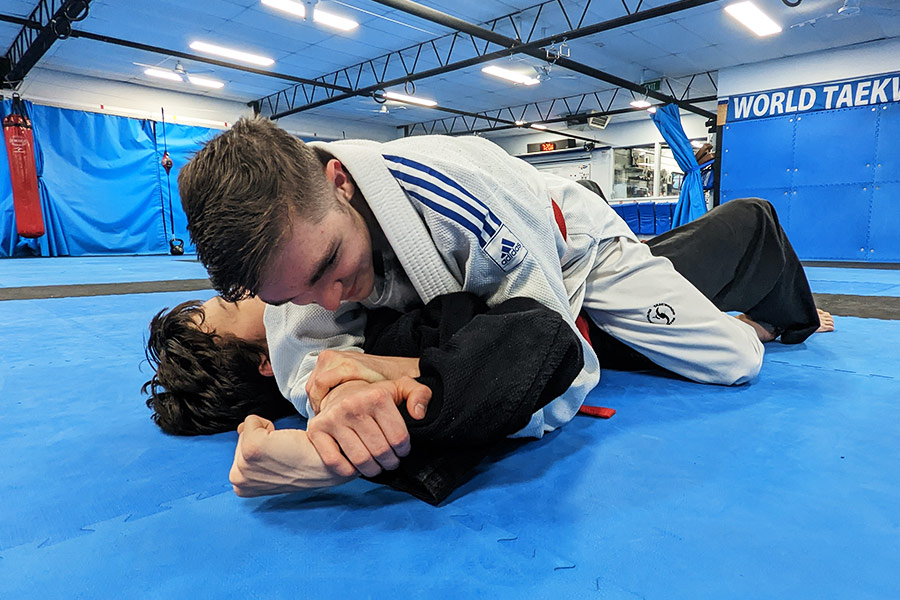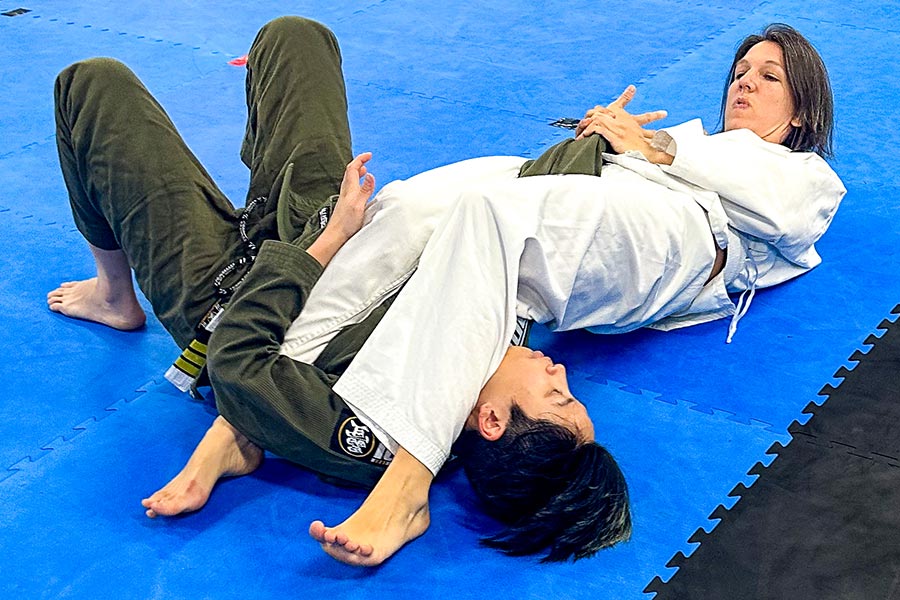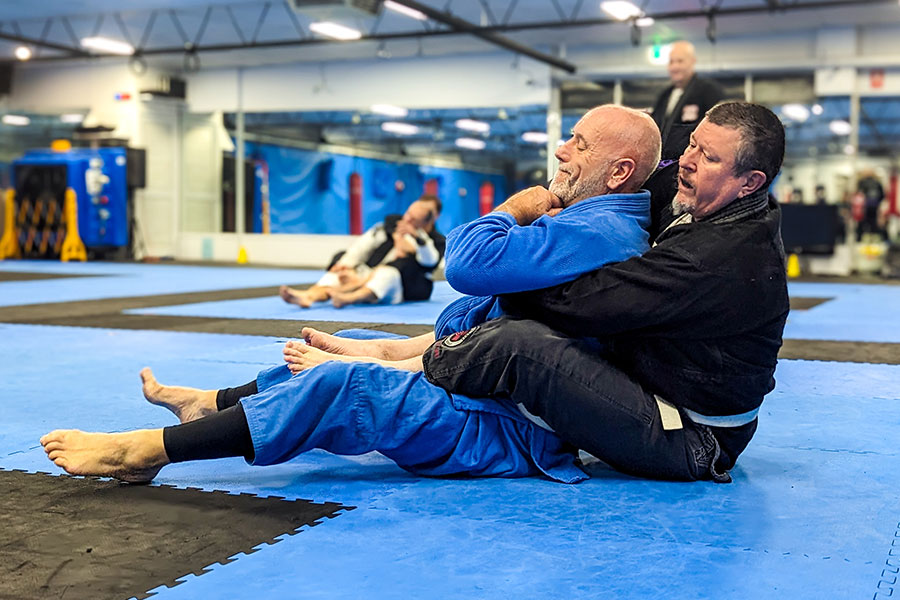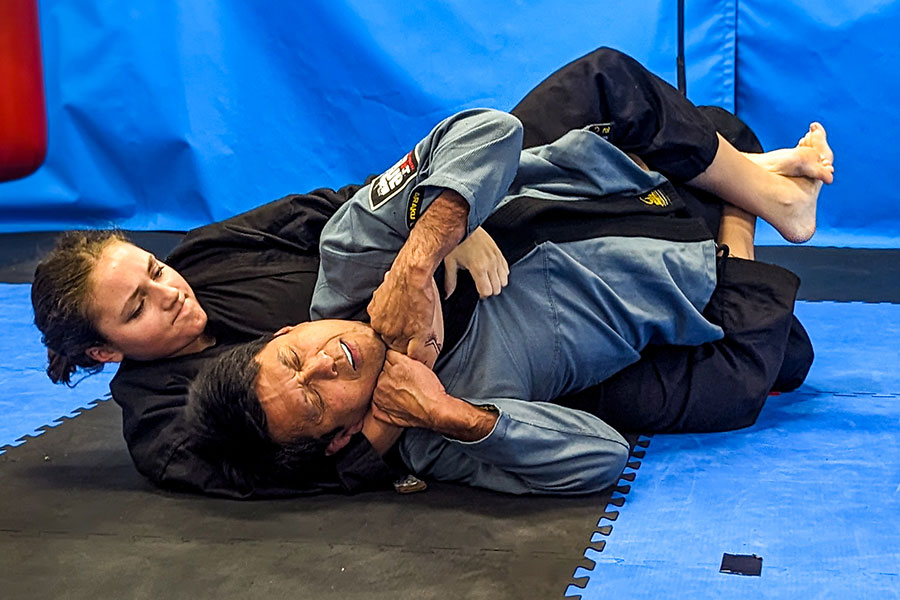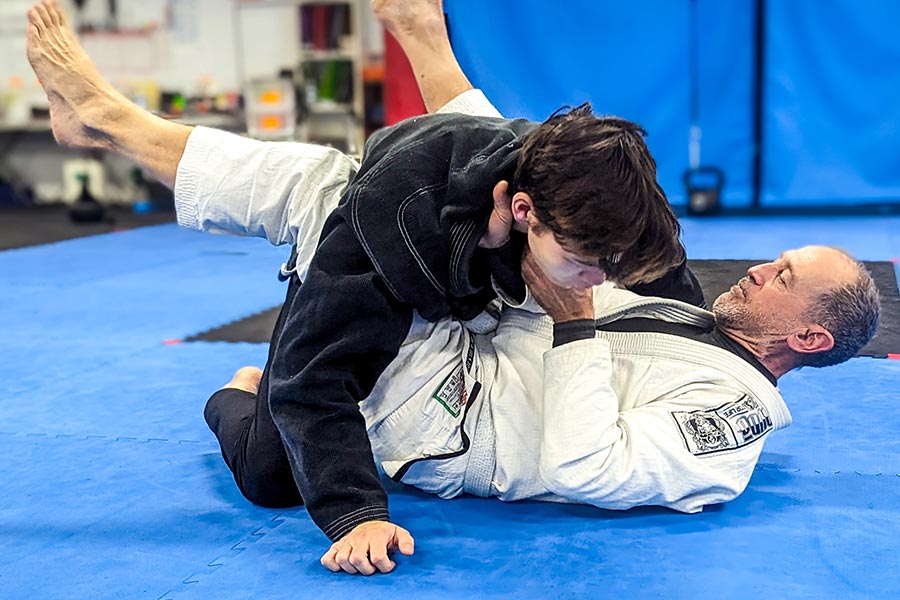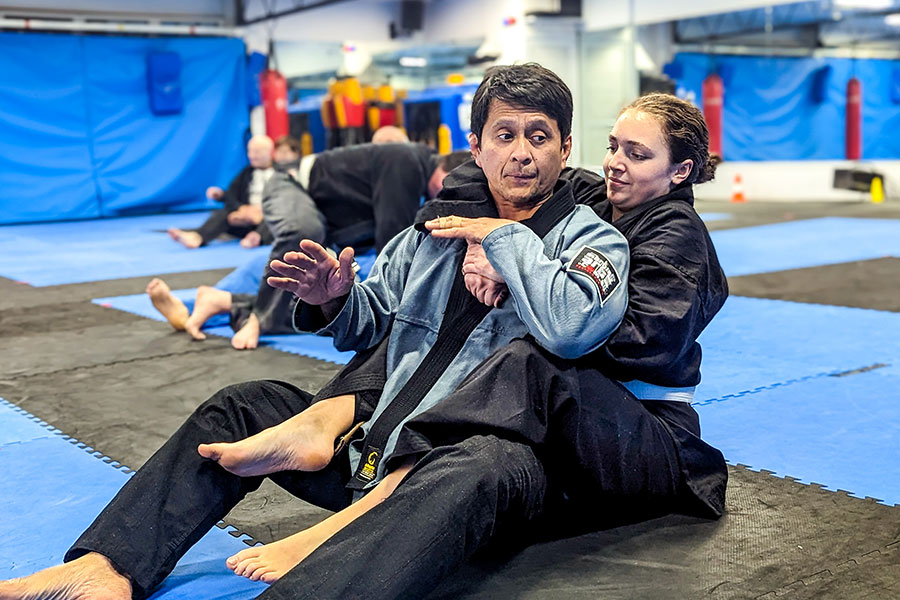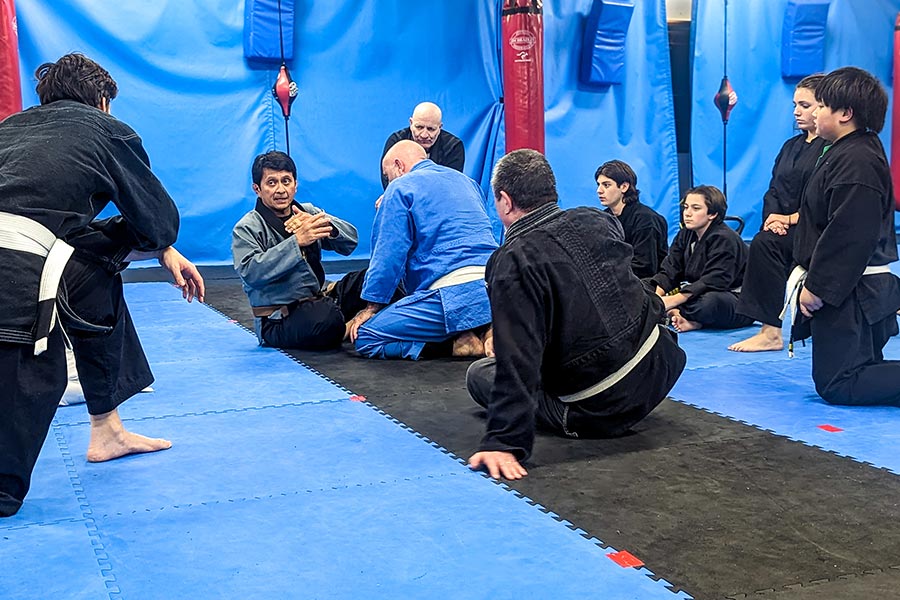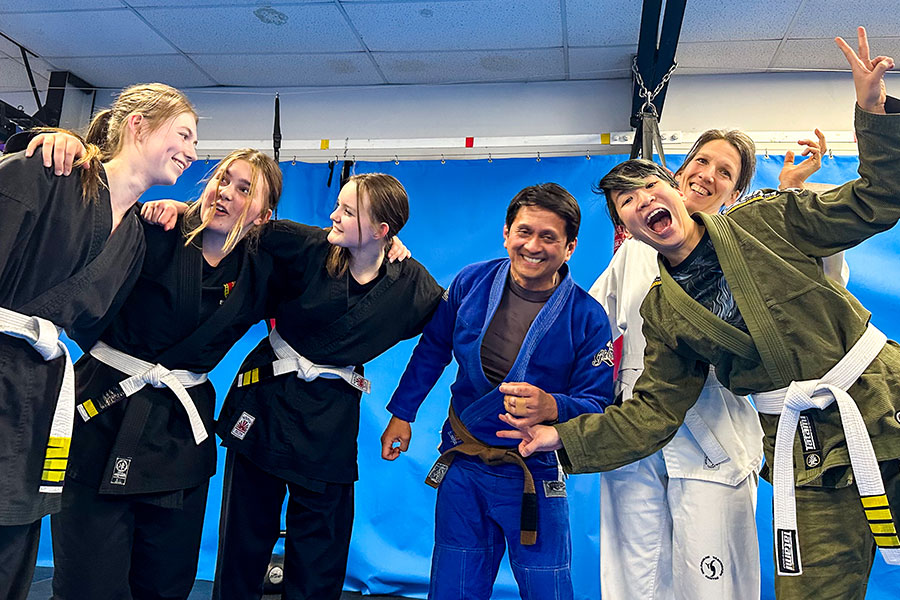Brazilian Jiu-Jitsu
What is BJJ?
The origins of Brazilian Jiu-Jitsu (BJJ) can be traced back to the early 20th century in Japan. The art originally evolved from the Japanese martial art of Jiu-Jitsu, which focused on self-defense and close-quarters combat techniques. Esai Maeda, a Japanese judoka and student of Jigoro Kano (founder of judo), migrated to Brazil in the early 20th century and began teaching his art to the Gracie family.
Carlos Gracie, one of the members of the Gracie family, became particularly interested in Maeda’s teachings and further developed the art to emphasize leverage, technique, and ground fighting. Carlos, along with his brother Helio Gracie, refined and adapted the techniques to accommodate their smaller frames and weaker physical attributes.
The Gracie family popularized BJJ through their challenge matches and participation in mixed martial arts competitions, most notably the early Vale Tudo fights in Brazil. BJJ has continued to evolve and grow as a martial art, combat sport, and self-defense system. It has become an integral part of mixed martial arts (MMA) and is widely practiced and respected worldwide, with numerous BJJ academies and tournaments promoting the art and its principles.
Brazilian Jiu-Jitsu (BJJ) Curriculum
BJJ teaches you various positions, including full guard, half guard, side control, mount, and back control. You learn how to maneuver between these positions, gain control, and maintain dominant positions during a fight.
Submissions are a fundamental aspect of BJJ. You learn a vast array of joint locks and chokes, such as armbars, triangles, kimuras, rear-naked chokes, and guillotines. These techniques allow you to immobilize and force your opponent into submission.
BJJ emphasizes defensive techniques and escapes from disadvantageous positions. You learn how to escape from mount, side control, and back control, as well as how to defend against submission attempts effectively.
Sweeps and reversals are techniques used to transition from a disadvantaged position to a more advantageous one. You learn how to off-balance your opponent and create opportunities to reverse the position or take control.
Jiu-jitsu puts you completely in the moment, where you must have a complete focus on finding a solution to the problem. This trains the mind to build that focus, to increase your awareness, your capacity to solve problems.”
– Rickson Gracie
Benefits of Brazilian Jiu-Jitsu (BJJ)
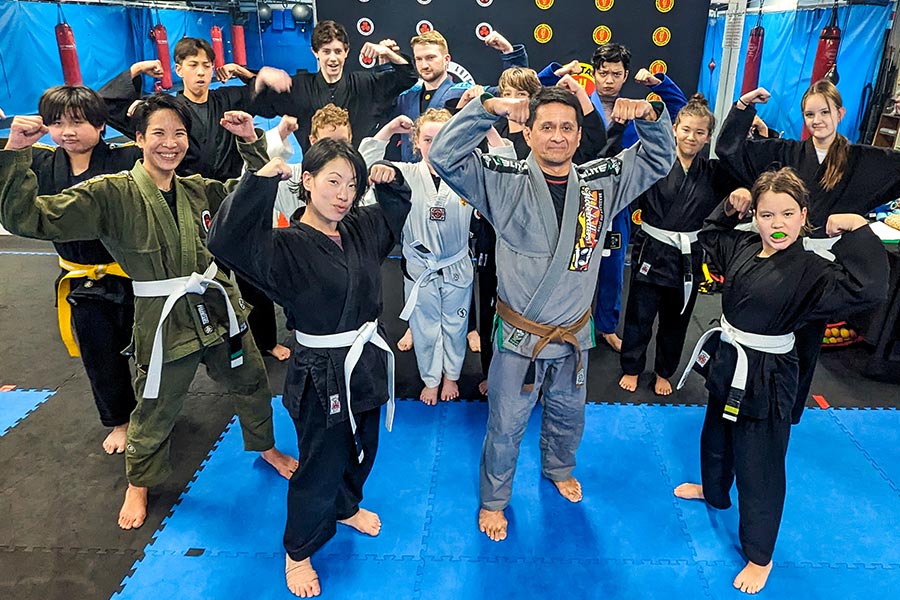
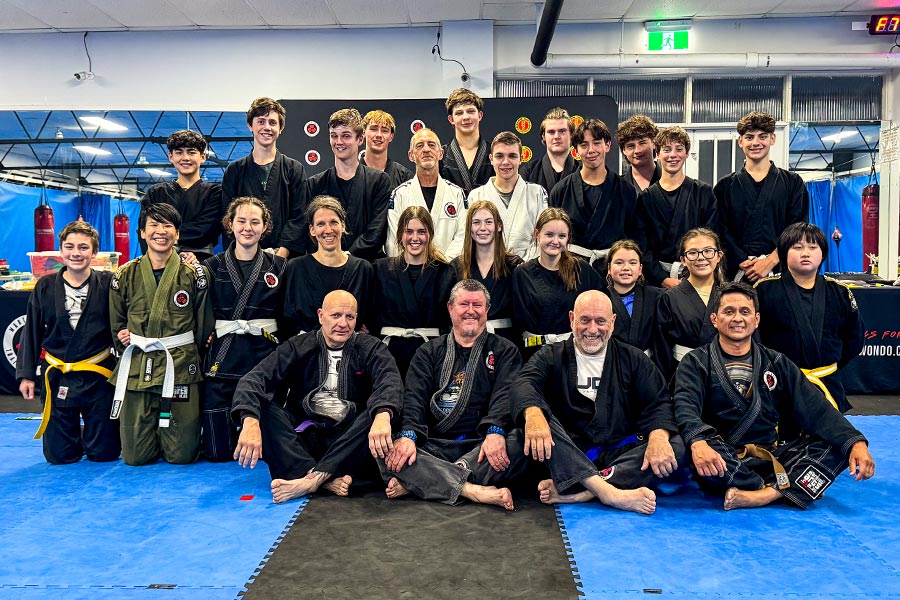
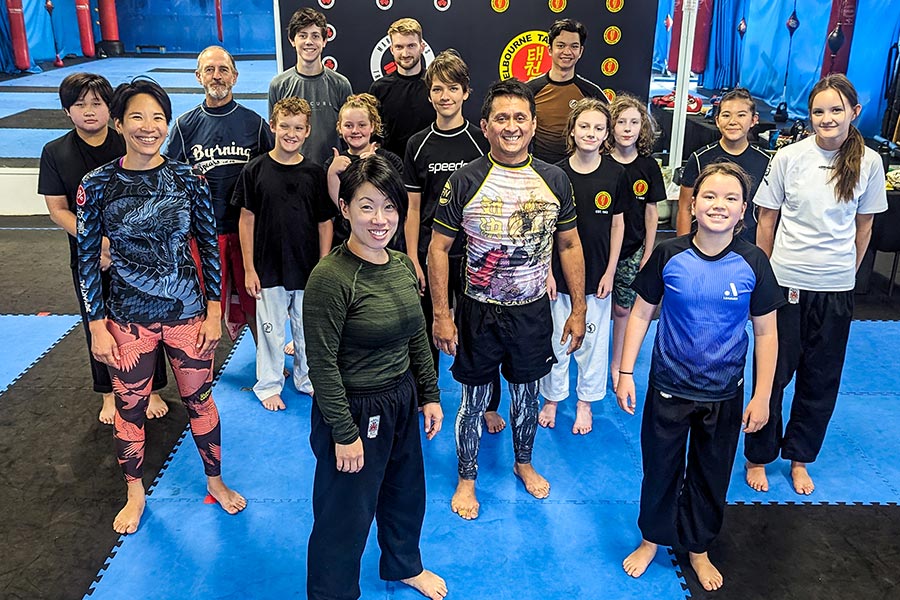
Frequently Asked Questions
Brazilian Jiu-Jitsu is a grappling-based martial art that focuses on controlling and submitting opponents through the use of technique and leverage rather than striking. Proving that little can and does beat big, and that skill beat’s strength 9/10 times.
In your first class, you’ll learn some basic techniques positions and drills. You will have the opportunity to practise with other beginners and more advanced students. All our instructors are passionate supportive and caring. The culture we have is reflected in our staff and students. We are welcoming, and you’ll be encouraged to ask questions and go at your own pace.
No, you don’t. Brazilian Jiu-Jitsu can be practised by people of all ages and fitness levels. Beginners can start with basic techniques and gradually build up their strength and endurance over time. Learning BJJ can and will change and improve your life in so many ways if you allow it to. Missed opportunities can seldom be regained
The time it takes to earn a black belt in Brazilian Jiu-Jitsu varies depending on the individual’s dedication, training, and competition success. It typically takes 10-15 years of consistent training to reach the black belt level and requires a high level of commitment, dedication and determination.
Yes, Brazilian Jiu-Jitsu is highly effective for self-defence because it focuses on ground fighting and submission holds, which can be used to control and neutralise attackers without causing permanent harm. It’s a wonderful tool for military law enforcement and security groups.
Absolutely! Brazilian Jiu-Jitsu is a sport for everyone, and particularly excellent for women to learn self-defence. As leverage and skill, not strength, wins the majority of times.
Generally 10 years and up.
Yes, Brazilian Jiu-Jitsu provides a full-body workout that includes strength training, cardio, core muscles and flexibility. It’s an amazing complete full body work out that will help your heart and head, as it involves thinking quickly while solving multiple problems on the go, just like life.
Gi Brazilian Jiu-Jitsu is practised with the traditional uniform, while no-gi Brazilian Jiu-Jitsu is practised without the gi. A rashie or no top No-gi typically focuses more on wrestling and takedowns and is more commonly associated with MMA.


